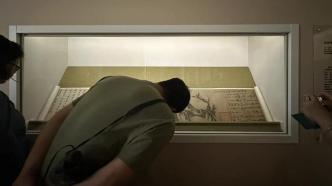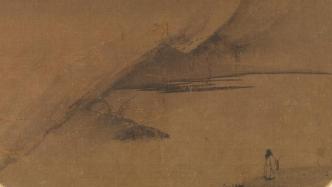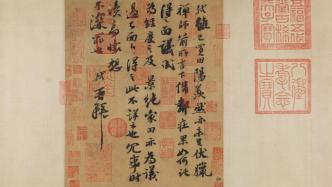
On November 29, "Looking up at the mountains and looking back at the east slope - Su Shi's special exhibition of cultural relics" was exhibited at the Sichuan Museum. This exhibition brings together 274 cultural relics related to Su Shi from the collections of 39 cultural institutions including the Palace Museum, National Art Museum of China, Shanghai Museum, Jilin Provincial Museum, Lvshun Museum, China Jiangnan Water Town Museum, Suzhou Museum, Sansu Temple Museum, and Sichuan Museum. Among them, there are 39 first-class cultural relics, and the heavy cultural relics exhibits include Song Huizong's "Picture of Wintersweet and Two Birds", Su Shi's "Picture of Xiaoxiang Bamboo and Stone", "Yangxian Tie" hand scroll, "Dongting Spring Fu Zhongshan Pine Mash Fu" and so on.
Su Dongpo's poems are bold and unrestrained, with broad themes, changing styles, and equal emphasis on literary style, forming a family of his own; his prose writings are rich and unrestrained, and he is one of the eight great masters of Tang and Song Dynasties, and the representative of the highest achievement of Song Dynasty literature. In addition to poetry and prose, Su Dongpo is also very good at calligraphy and painting. Together with Cai Xiang, Huang Tingjian, and Mi Fu, he is also known as the "Four Masters of the Song Dynasty". He is good at painting, especially ink bamboo, strange stones, and dead wood.
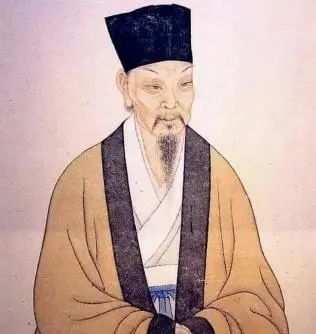
Su Shi
According to the information provided by the Sichuan Museum, Su Dongpo is an existence in Chinese history that "the world cannot live without one", and it is the pride of Sichuan that "it is impossible to have two". There are Sansu Temple and Sansu Memorial Hall in Meishan, and there are many relics of Su Dongpo all over the country. Some museums also have Su Dongpo’s authentic works or Su Dongpo’s ink and cultural relics, but these resources have always been scattered and have not been integrated. Taking advantage of the opportunity and trend of the current cultural development, it is time to integrate relevant resources, plan large-scale exhibitions and activities related to Su Dongpo and Song Dynasty culture, and create cultural creativity and tourism related to Su Dongpo.
The themed exhibition includes two chapters: "Special Exhibition of Su Shi's Themed Cultural Relics" and "Exhibition of Works by Famous Contemporary Calligraphers and Painters". The "Theme Cultural Relics Exhibition" reflects the influence of Mu Mu's family style on Su Shi's growth and success, as well as Su Shi's high-spirited, open-minded life and great achievements in the face of setbacks. The 80 pieces of contemporary calligraphy and painting works of important representative calligraphers and painters in various provinces and cities across the country have different styles of ink and ink, and various forms and languages. The strength of character outlines the cultural clues of Dongpo spirit in an all-round way.

Xiaoxiang Bamboo and Stone Painting Northern Song Dynasty (960-1127) Collection of National Art Museum of China
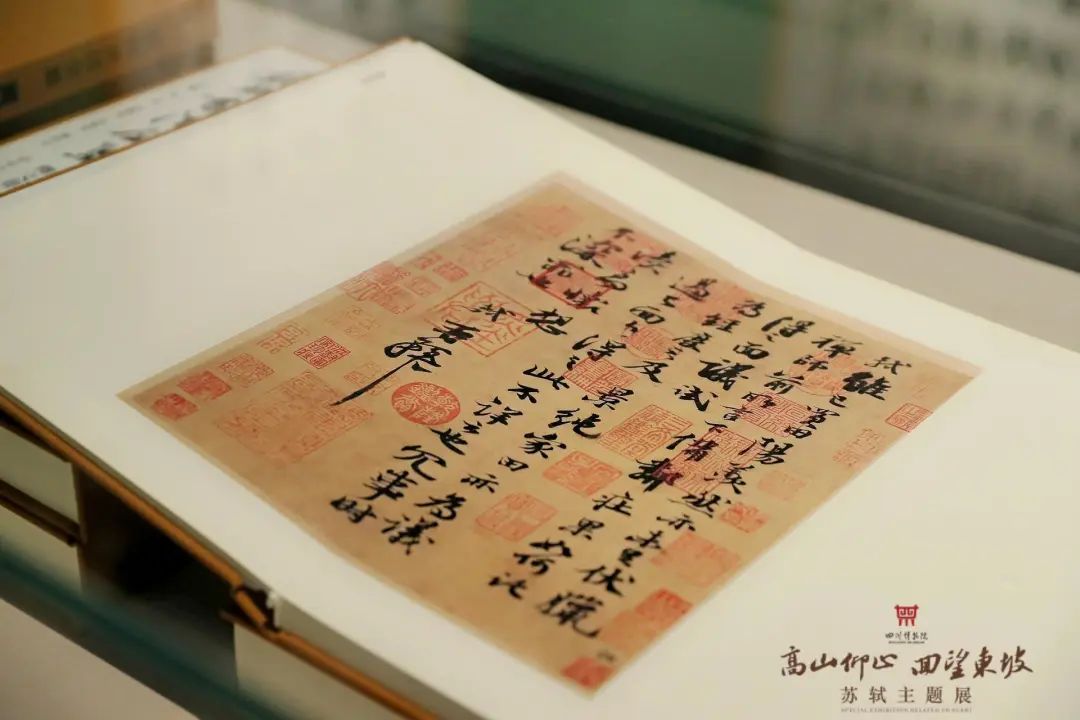
"Yangxian Tie" Hand Scroll Northern Song Dynasty (960-1127) Collection of Lushun Museum
In addition to the precious exhibits such as Su Shi's original "Xiaoxiang Bamboo and Stone Picture", "Dongting Spring Ode · Zhongshan Pine Mash Fu Volume", "Yangxian Tie" hand scroll, other fine cultural relics of the Song Dynasty, including porcelain, gold and silver wares, bronze wares, calligraphy and painting, tea sets, and wine sets , The Four Treasures of the Study, Tea Ordering, Incense, Flower Arrangement, and Hanging Paintings reflecting the four arts of the literati's life in the Song Dynasty, and banquets, hammering balls, Cuju, and pitching pots reflecting the leisure life of the literati in the Song Dynasty were also exhibited collectively. It is reported that this special exhibition is also a large-scale special exhibition held by Sichuan Museum with the longest exhibition line, the largest exhibition hall area, and the most immersive experience scenes.

Copy of "Huangzhou Cold Food Poetry Post" Chengdu Museum Collection
Standing close to Su Shi in famous places
The themed cultural relics special exhibition takes "Dongpo Authentic Works" and related cultural relics as the core exhibits, which are divided into preface, "three masters conceived in Shu", "a life of ups and downs", "an all-rounder who meets once in a thousand years", "the taste of the world is The six sections of "Ode to Dongpo" at the end of "Qing Huan" show Su Shi's achievements in governance, literature and art, and his spiritual quality.
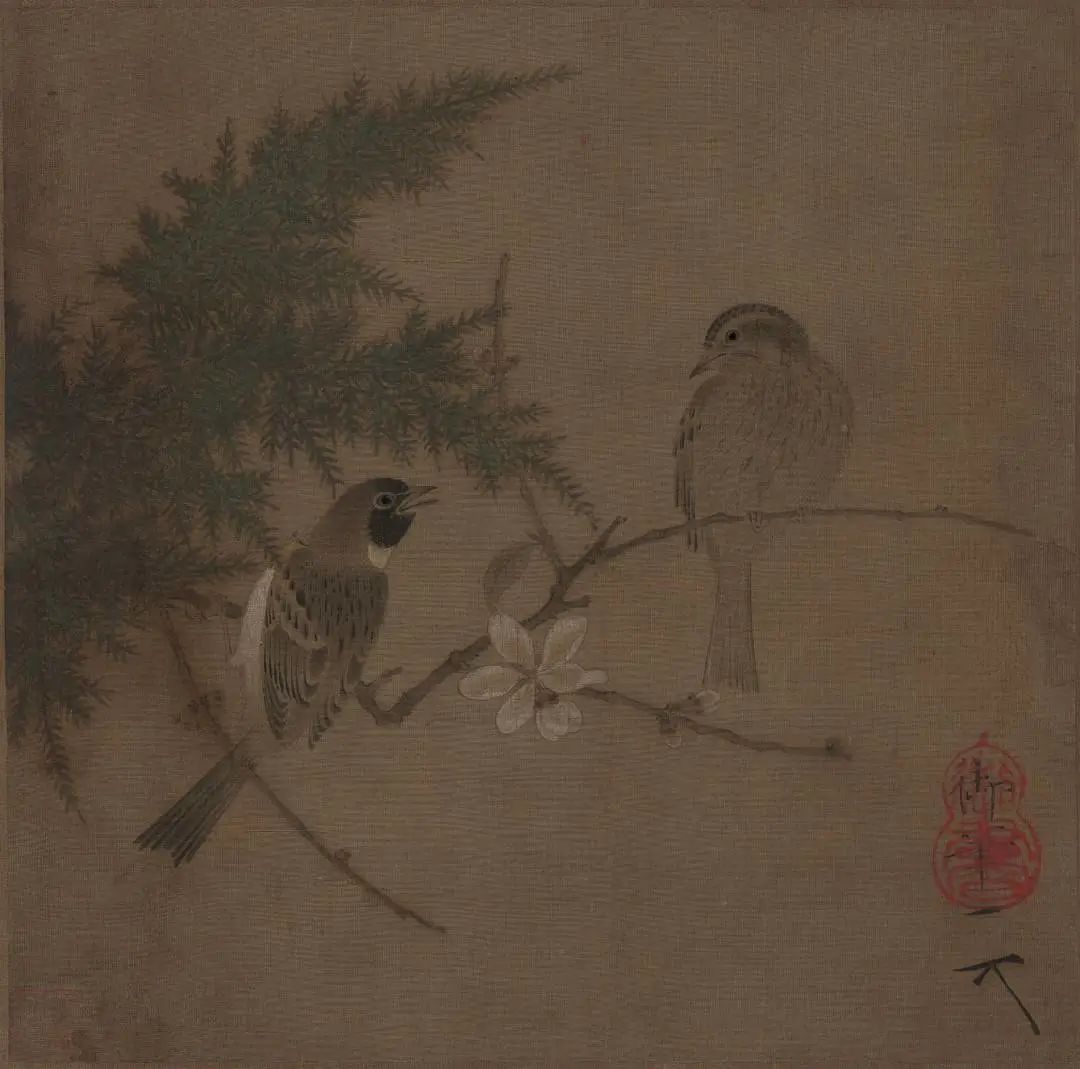
Song Huizong's "Picture of Wintersweet and Two Birds" Sichuan Museum Collection
The cultural relics in the exhibition are very rich, and the heavy exhibits include Song Huizong's "Picture of Wintersweet and Two Birds", Su Shi's "Picture of Bamboo and Stone in Xiaoxiang", "Yangxian Tie" hand scroll, "Dongting Spring Ode Zhongshan Pine Mash Fu", Song "Song Yu" Lyres and ceramics include Ru kiln, Longquan kiln, Jun kiln, Cizhou kiln and Jian kiln. As well as Dong Qichang, Qiu Ying, Wen Zhengming, Zheng Xie, Zhang Daqian and other famous masters of the past dynasties, the handed down treasures related to the theme of Su Shi will be unveiled.
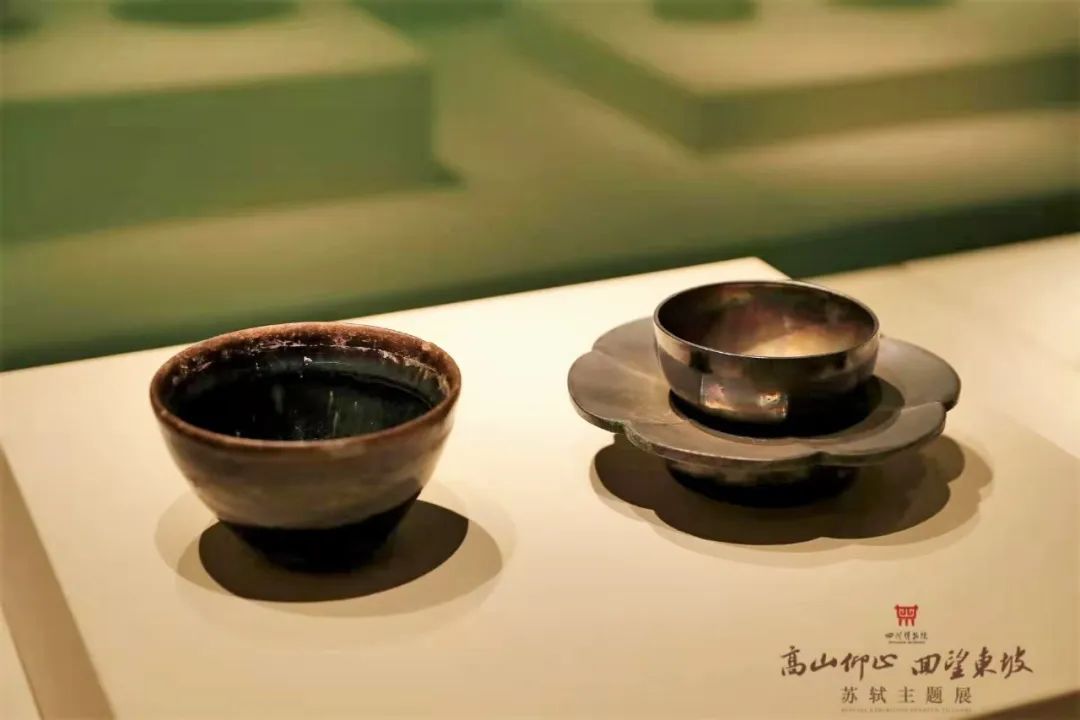
exhibition site
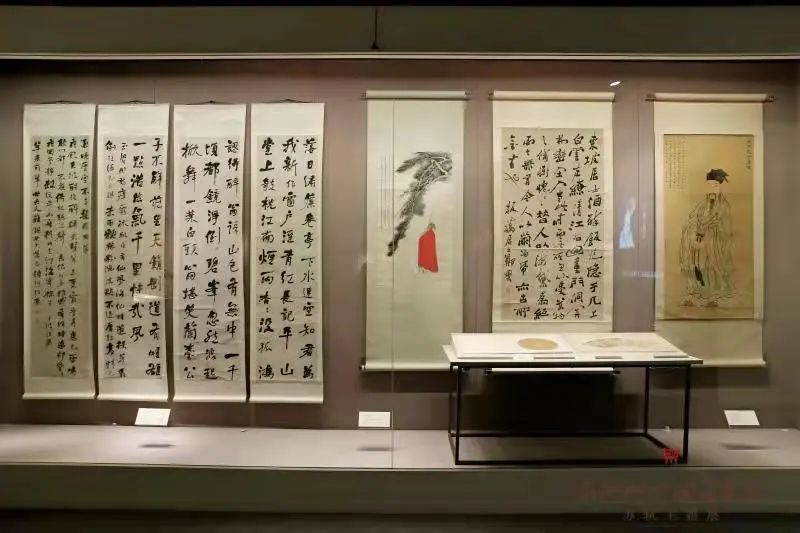
exhibition site
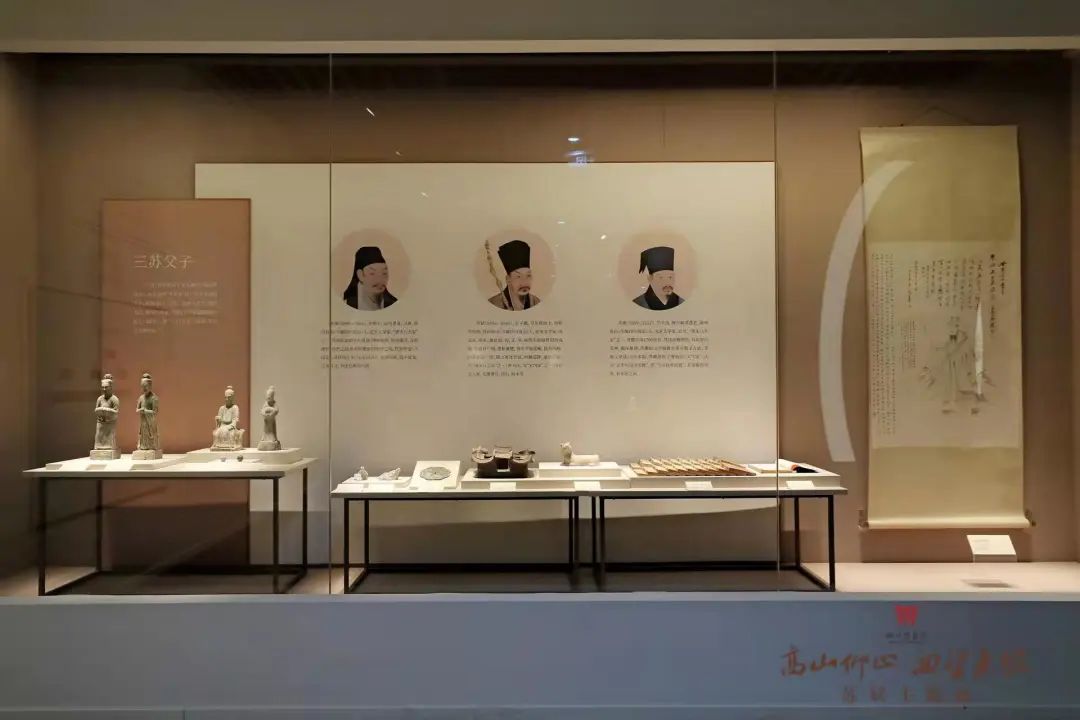
exhibition site

Su Shi's "Xiaoxiang Bamboo and Stone Picture" National Art Museum of China
"Xiaoxiang Bamboo and Stone Picture" shows the vast scenery of the confluence of the Xixiao River and the Xianger River in Lingling County, Hunan Province, and the huge dip in Dongting. The entire painting is centered on the meeting point of the two rivers of Xiaoxiang and Hunan. The distant mountains and misty waters, the wind and rain and thin bamboos, the near water and clouds and waters, the crouching stones and distant mountains, the small bamboos and smoke trees create strong contrasts. Such as reading thousands of miles of rivers and mountains.
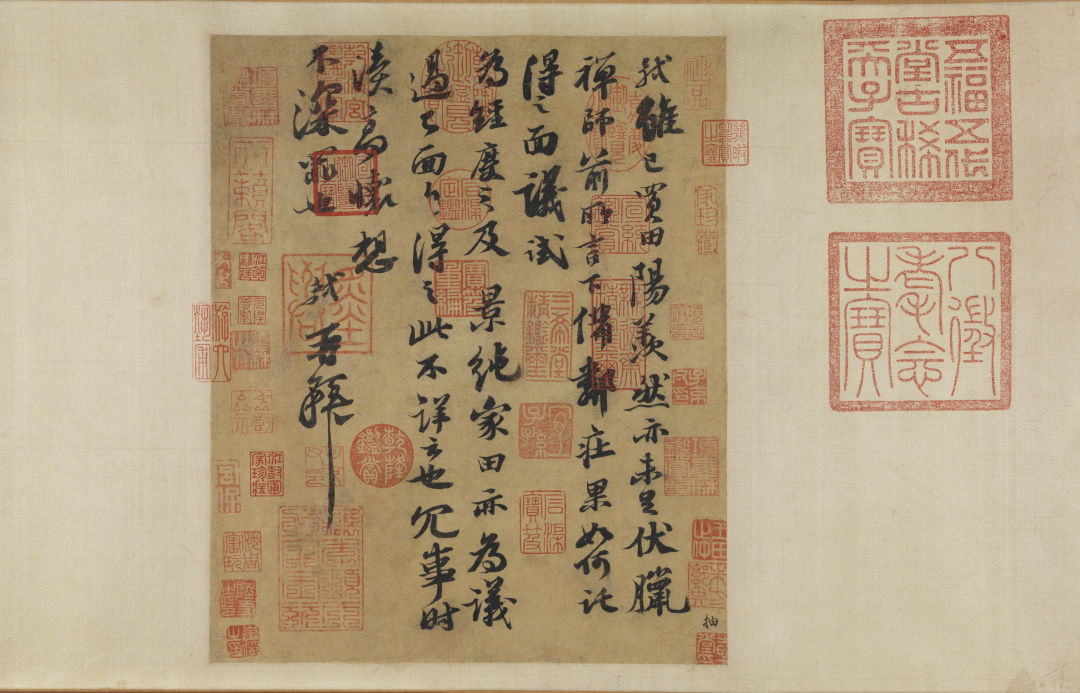
Su Shi's "Yang Xian Tie" Hand Scroll Lushun Museum Collection

"Yang Xian Tie" ink on paper, signed "Shi Zai Bai"
There is a post and a postscript on the scroll surface, and the former is "Yangxian post". It is a letter written by Mr. Dongpo, with a total of seven lines and sixty-eight characters. Later, it is a postscript written by a monk from Lingyin Temple in Hangzhou at the end of the Yuan Dynasty and the beginning of the Ming Dynasty. This work originally had a poem inscribed by Emperor Qianlong at the beginning, and two postscripts by Dong Qichang and Xiang Yuanbian of the Ming Dynasty at the end of the volume, both of which have been lost in modern transmission.

"Dongting Spring Ode Zhongshan Pine Mash Ode" Collection of Jilin Provincial Museum (partial)
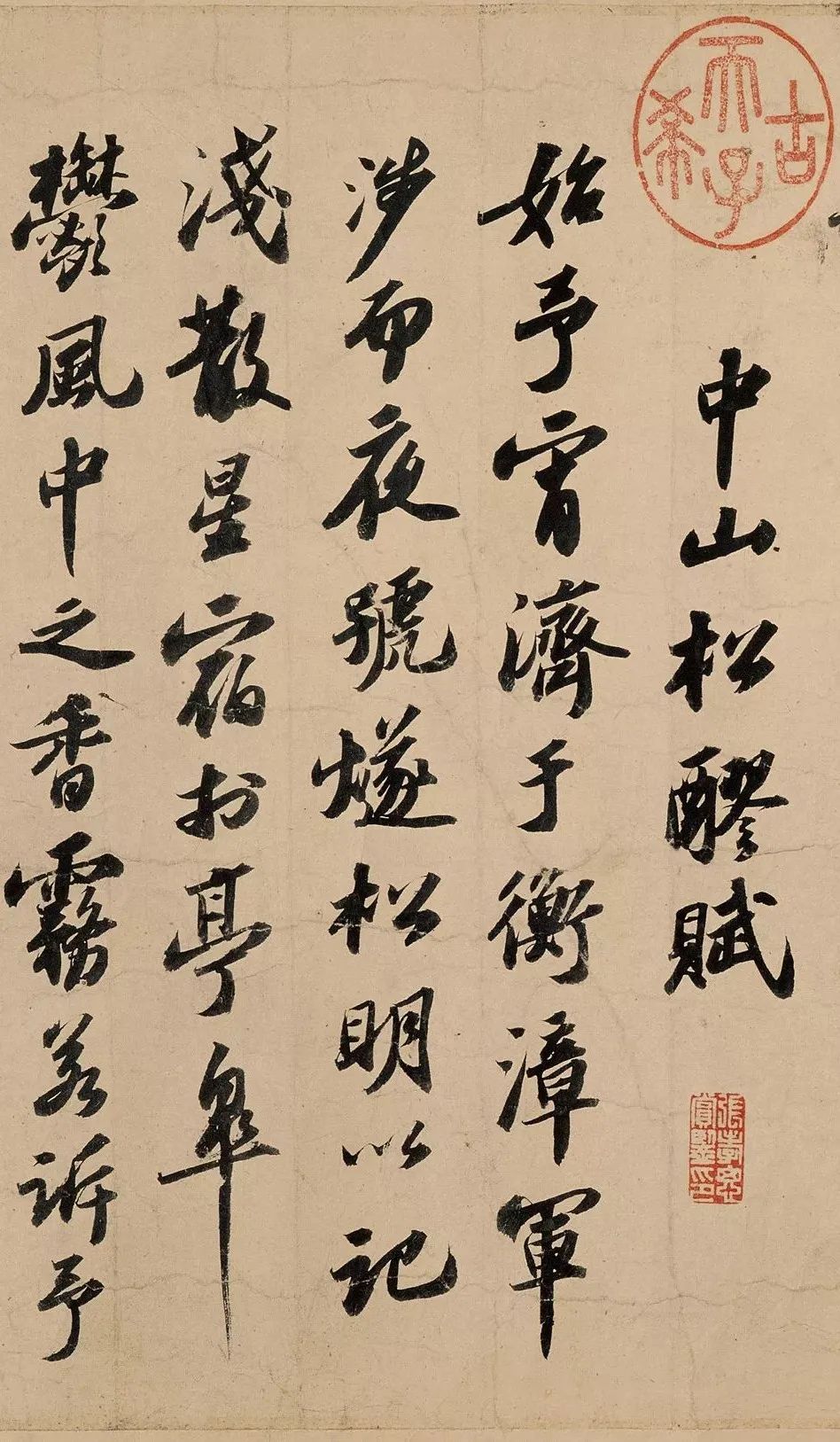
Su Shi's "Dongting Spring Ode · Zhongshan Pine Mash Ode" in the collection of Jilin Provincial Museum (partial)

Su Shi's "Dongting Spring Ode · Zhongshan Pine Mash Ode" in the collection of Jilin Provincial Museum (partial)

Su Shi's "Dongting Spring Ode · Zhongshan Pine Mash Ode" in the collection of Jilin Provincial Museum (partial)
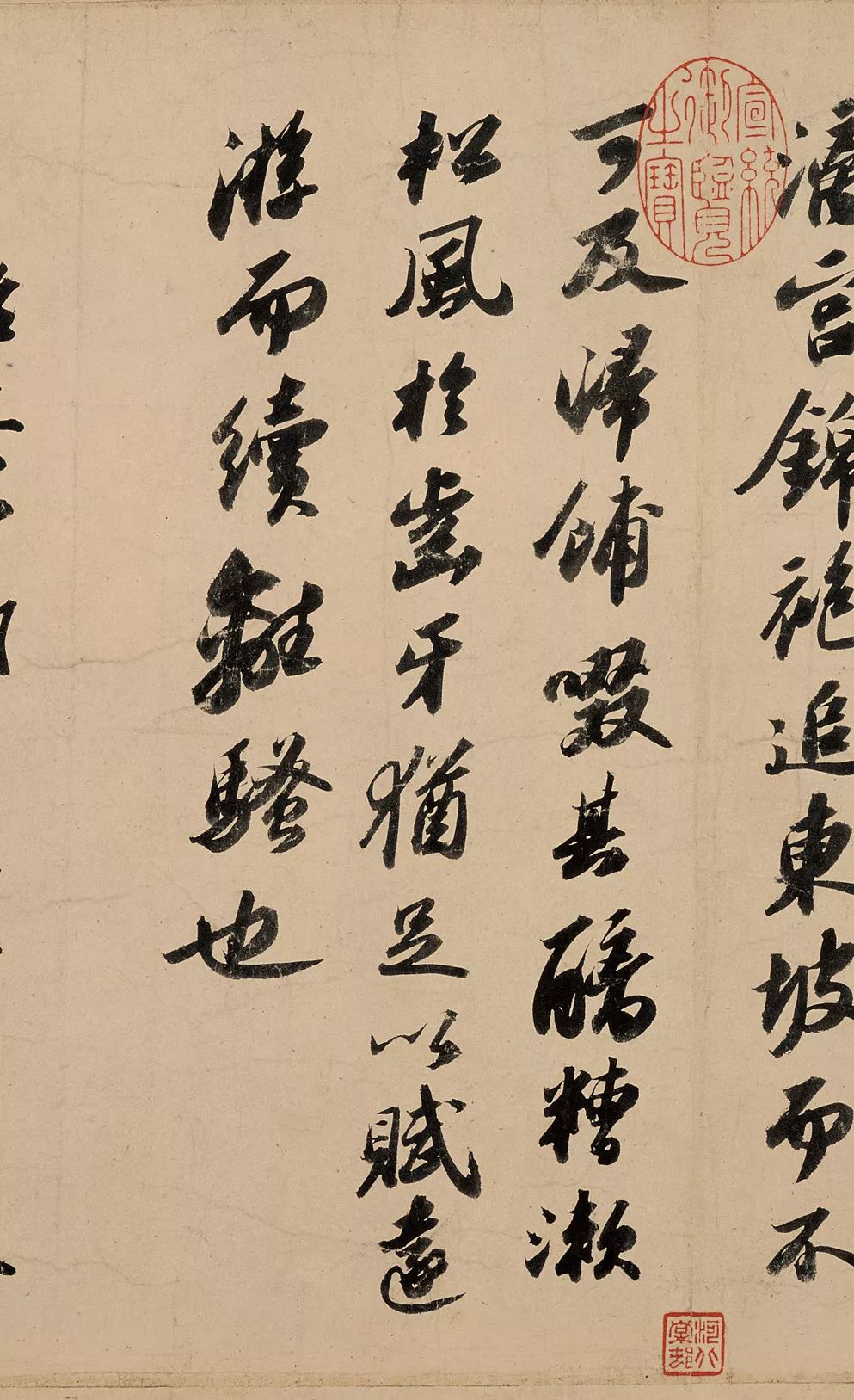
Su Shi's "Dongting Spring Ode · Zhongshan Pine Mash Ode" in the collection of Jilin Provincial Museum (partial)
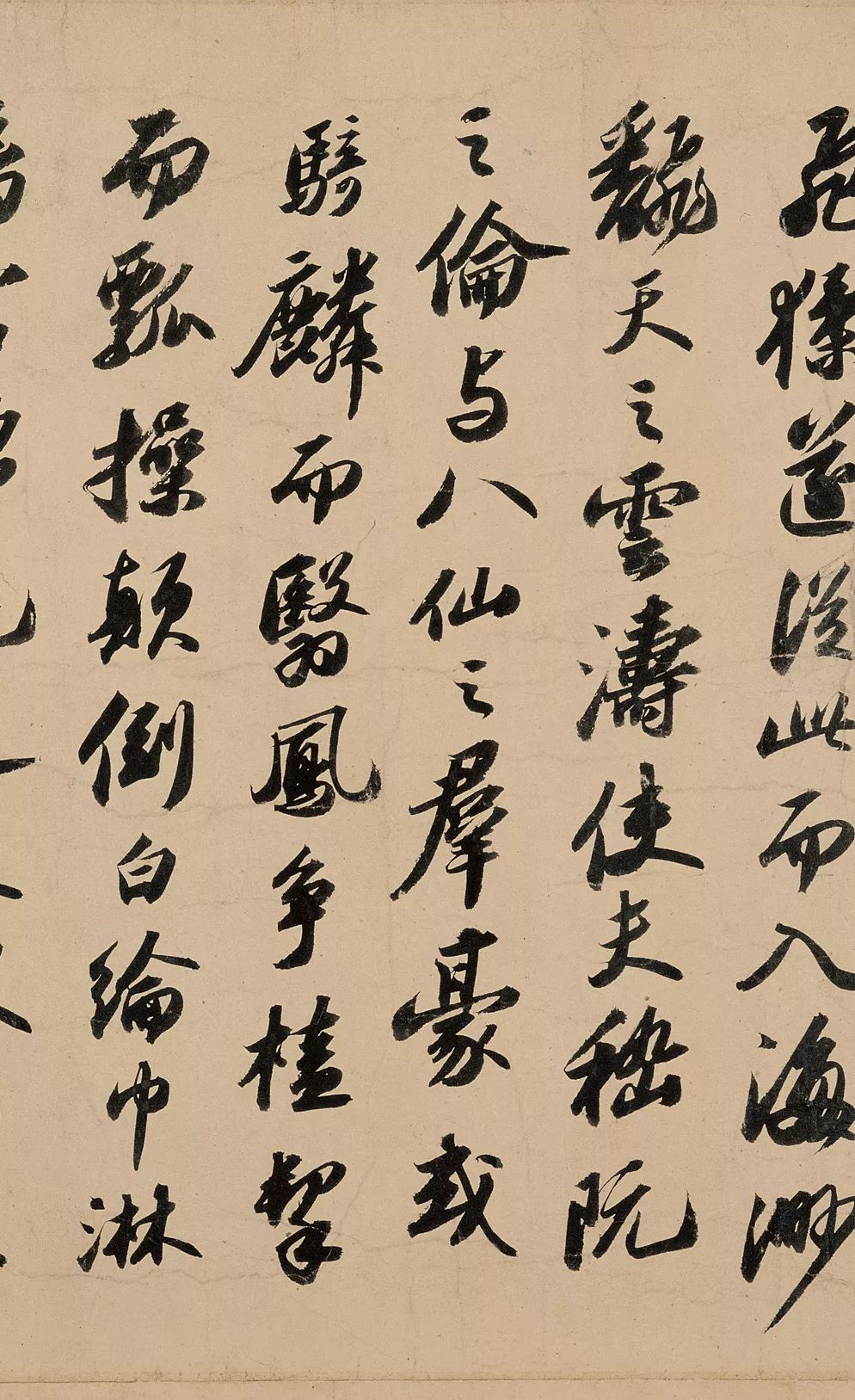
Su Shi's "Dongting Spring Ode · Zhongshan Pine Mash Ode" in the collection of Jilin Provincial Museum (partial)

Su Shi's "Dongting Spring Ode · Zhongshan Pine Mash Ode" in the collection of Jilin Provincial Museum (partial)
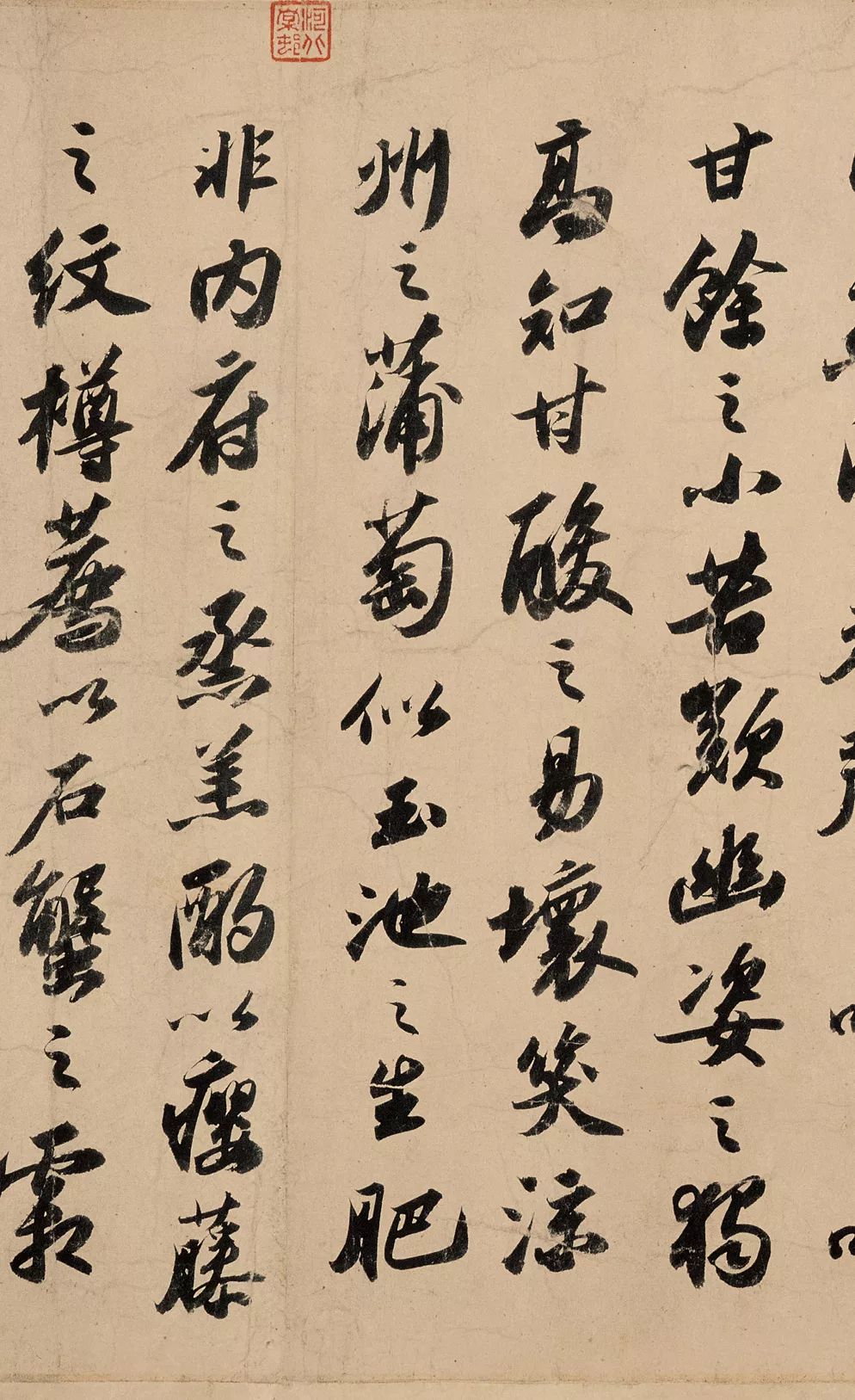
Su Shi's "Dongting Spring Ode · Zhongshan Pine Mash Ode" in the collection of Jilin Provincial Museum (partial)

Su Shi's "Dongting Spring Ode · Zhongshan Pine Mash Ode" in the collection of Jilin Provincial Museum (partial)
The two Fus of "Dongting Spring Fu Zhongshan Pine Mash Fu" were written and written by Su Shi. These two Fu and the postscript are the works with the largest number of words in the ink writings handed down under Dongpo's name. A total of 77 lines were written before and after, with a total of 684 characters.
According to Dongpo's self-records, this volume was written by Shaosheng, who stayed in Xiangyi (now Suixian County, Henan Province) during heavy rain on his way to Lingnan in the first year of his resignation. The self-title says: "In the first year of Shaosheng (1094), on the 21st of the fourth month, I will watch Shiling, and in case of heavy rain, I will stay in Xiangyi, and I will write this book." At that time, Mr. Dongpo was already fifty-nine years old.
Wang Shizhen of the Ming Dynasty praised this volume in his postscript: "It should be the best in Meishan." Zhang Xiaosi also said this volume in his lost postscript: "The writing is written, the structure is well-organized, the majestic aura of depression and magnificence, and the posture of flying back and forth is really like a lion. Crouching and crouching." It seems that in the eyes of collectors and connoisseurs of all ages, this volume has always been regarded as the supreme work written by Mr. Dongpo.
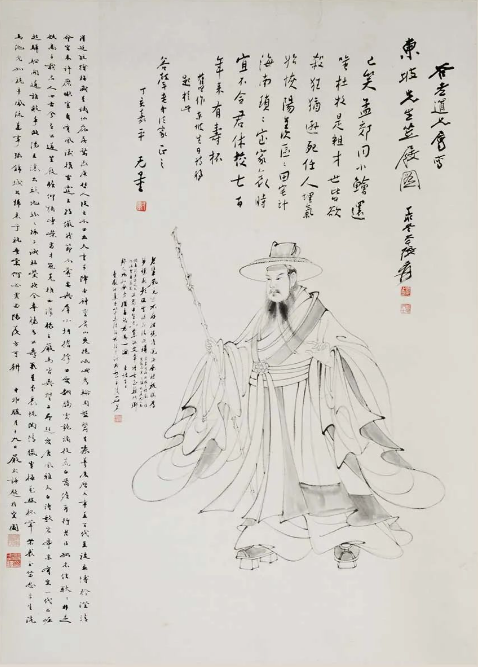
Zhang Daqian's "Dongpo Lilu Picture Axis" Sichuan Museum Collection
Su Dongpo's poems are bold and unrestrained, with broad themes, changing styles, and equal emphasis on literary style, forming a family of his own; his prose writings are rich and unrestrained, and he is one of the eight great masters of Tang and Song Dynasties, and the representative of the highest achievement of Song Dynasty literature. In addition to poetry and prose, Su Dongpo is also very good at calligraphy and painting. Together with Cai Xiang, Huang Tingjian, and Mi Fu, he is also known as the "Four Masters of the Song Dynasty". He is good at painting, especially ink bamboo, strange stones, and dead wood.
Wang Anshi commented on Su Shi's "I don't know how many hundreds of years before there was such a character", and Lin Yutang commented that "the world cannot be without one, but it is difficult to have two".
Thousands of years later, this Su Shi exhibition has restored the legendary Su Shi through a number of heavyweight works, so that we can still stand close to Su Shi in the present. "If you look at it from what doesn't change, then both things and me are endless."
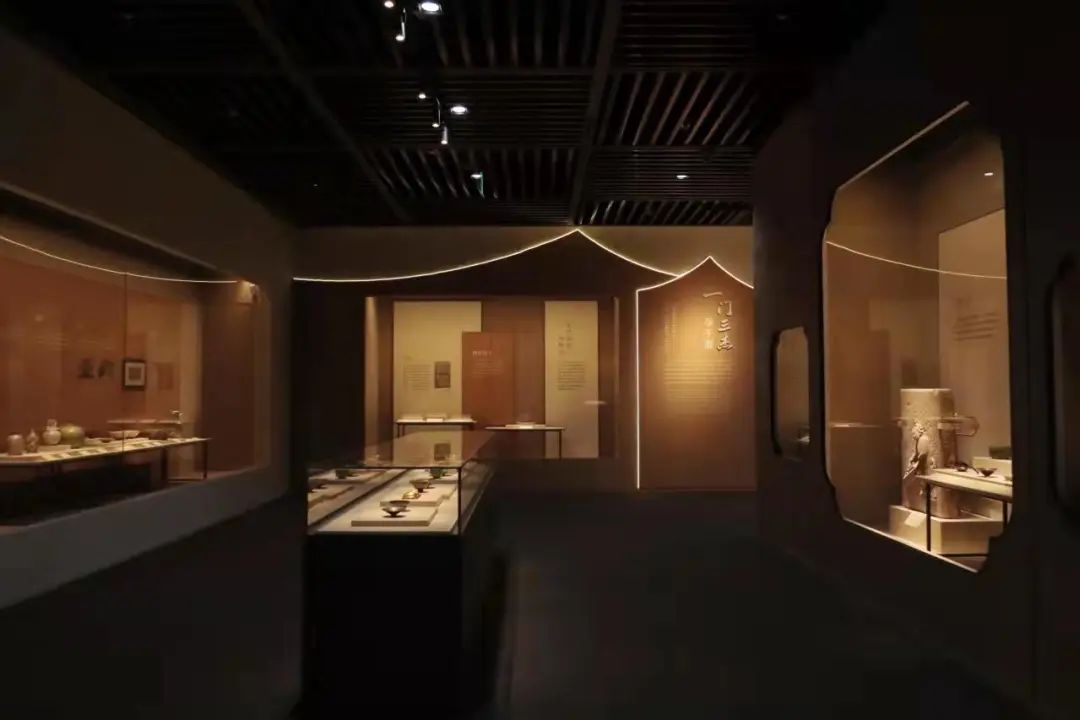
exhibition site
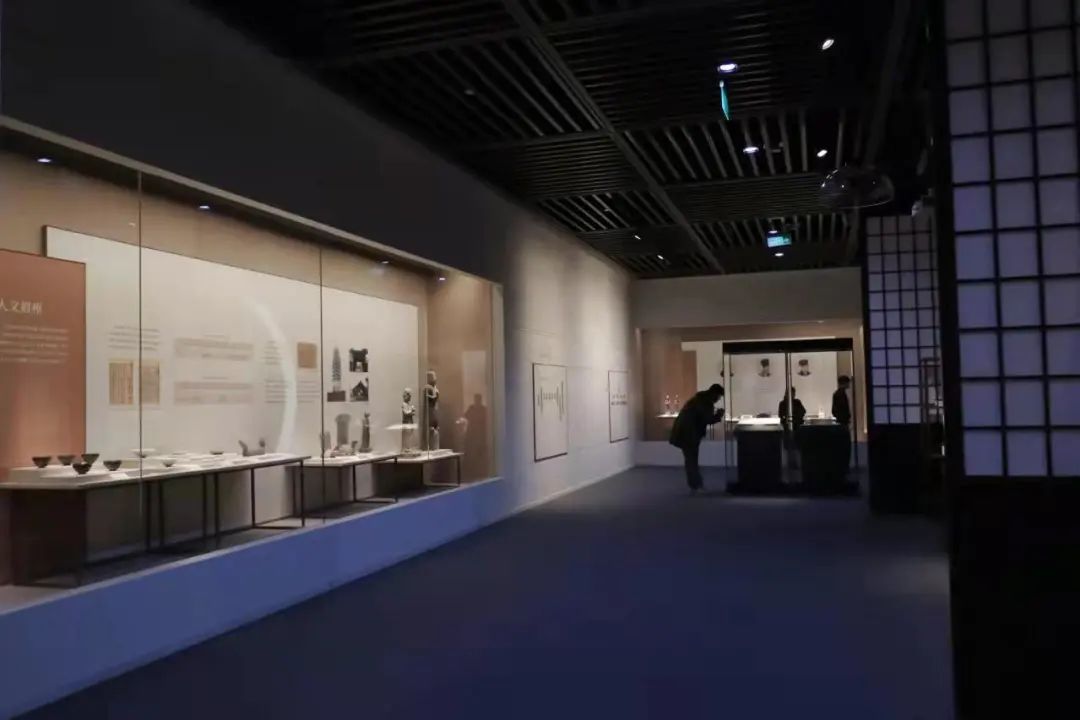
exhibition site
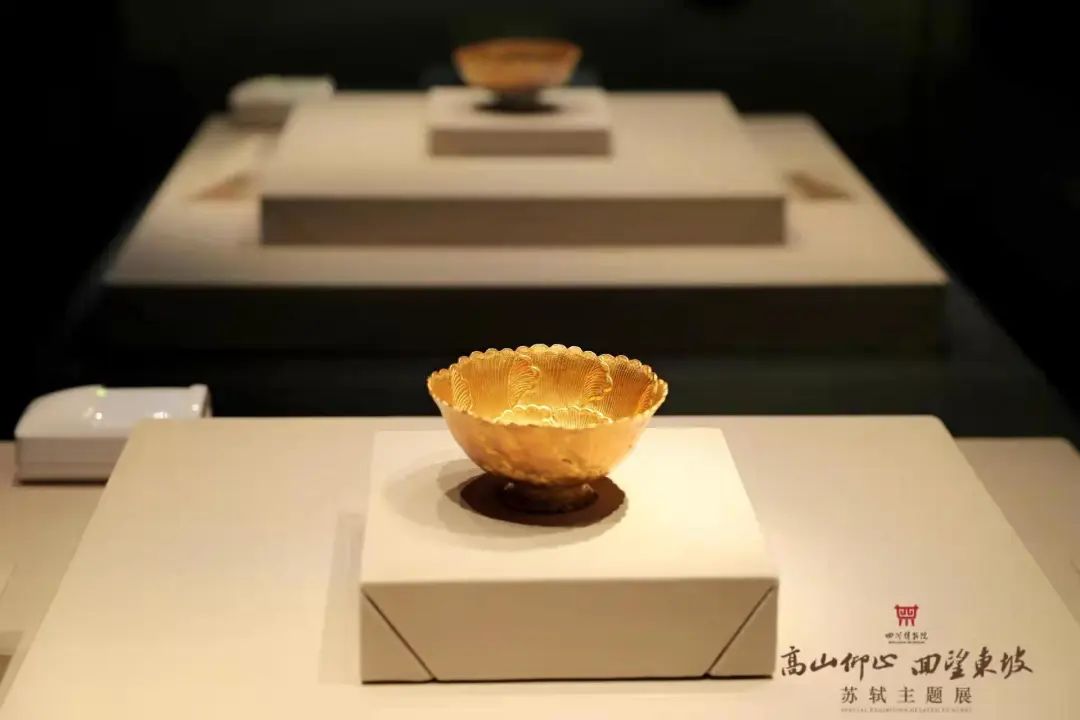
Song Hibiscus Calendula Sichuan Museum Collection
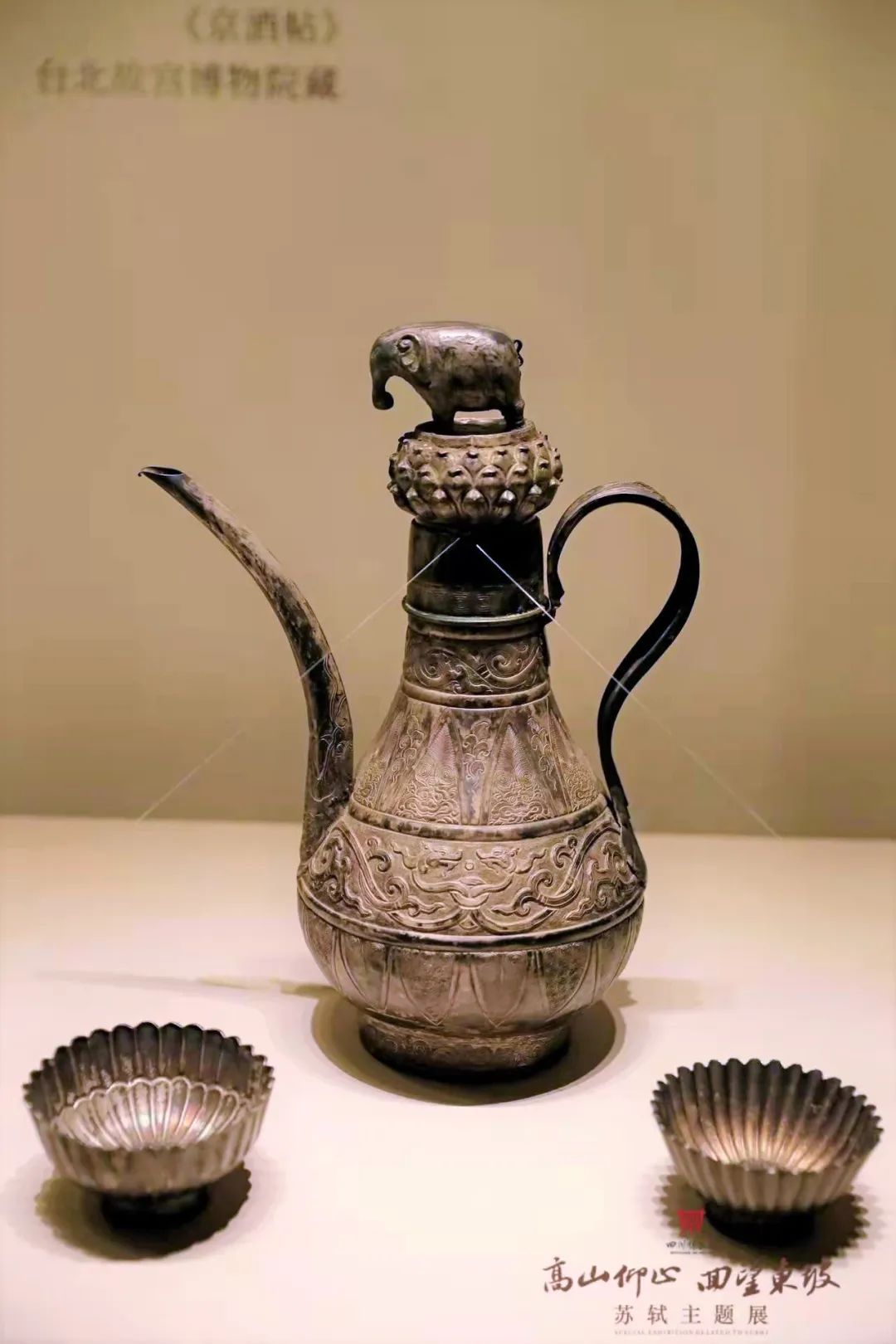
exhibition site
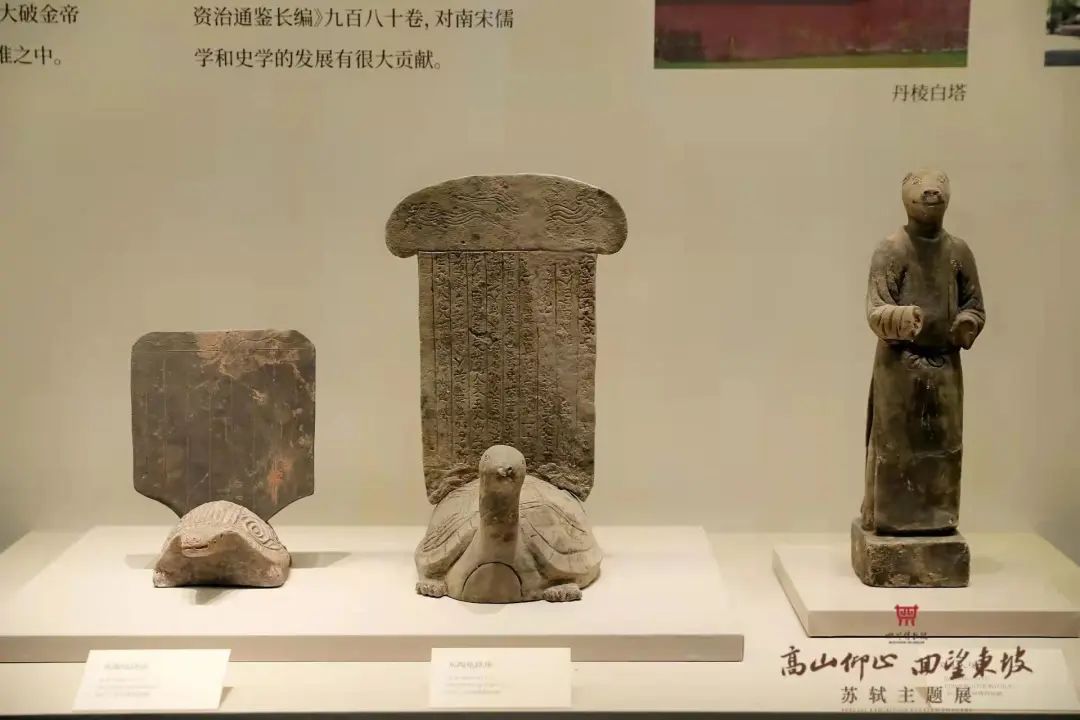
exhibition site
The exhibition is set in the era of prosperous economy, culture, education, and science and technology in the Song Dynasty, and takes Su Shi's life experience and outstanding achievements as the main narrative line. Su Shi's character image of being noble, erudite, elegant, optimistic, open-minded, and serving the people reflects the influence of Mu Mu's family tradition on Su Shi's growth and success, as well as Su Shi's open-minded life and greatness in the face of setbacks. Achievement.
Each unit of the exhibition is embellished with Su Shi's classic quotes and essays that have been recited from generation to generation, as well as the evaluation of him by later generations. The artistic conception of the Song Dynasty originated from the creative design of Qingming Shanghe Picture and Zhuyuan Pingu Picture, which are used to set off the theme cultural relics, so that Dongpo's people, things, and works can be seen in the mutual contrast with objects, time, and scenery. figuratively explain.

Wen Zhengming's running script before and after the Red Cliff Fu Book Collection Liaoning Provincial Museum
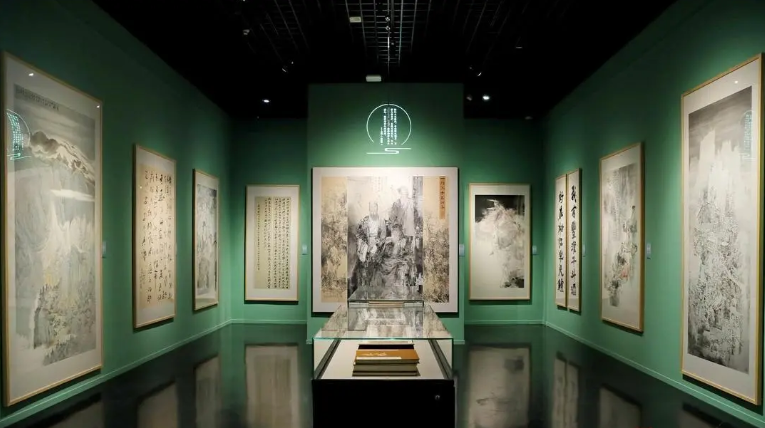
exhibition site
"Contemporary Famous Calligraphy and Painting Exhibition" mainly exhibits 80 pieces of contemporary calligraphy and painting works with different brush and ink styles and various forms and languages from important representative calligraphers and painters from various provinces and cities across the country. The three units of "Breezy Me" respectively explain the broad-minded and elegant life realm, the natural and elegant aesthetic ideal, and the noble and proud literati style contained in Dongpo culture, and outline the cultural clues of Dongpo's spirit in an all-round way.
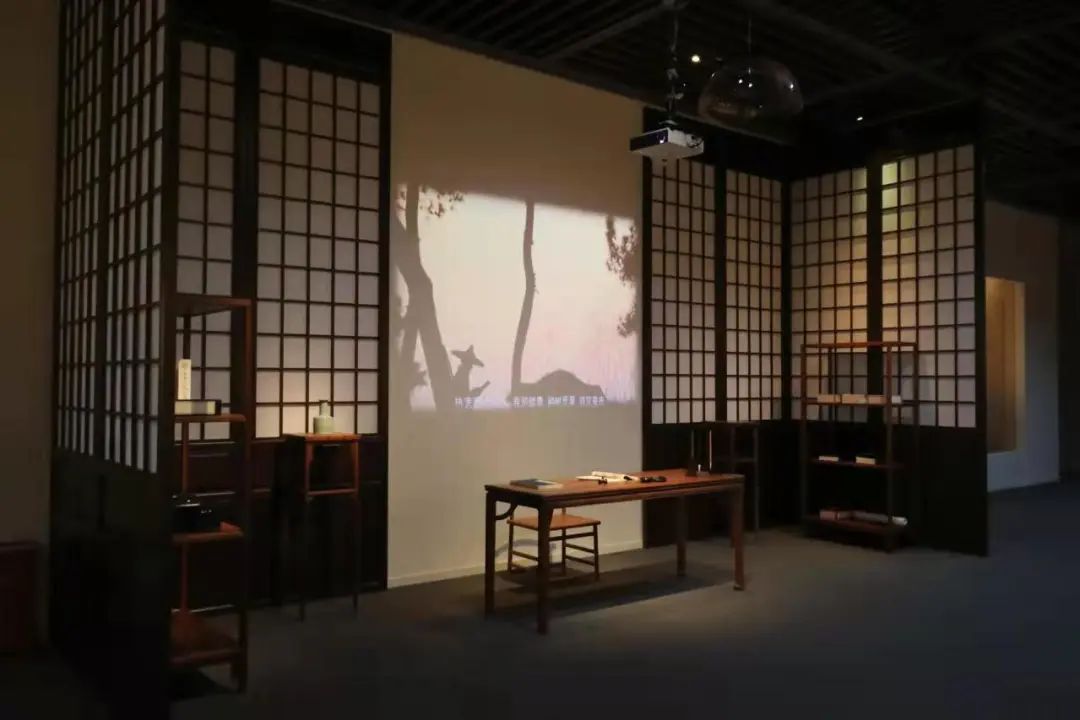
exhibition site
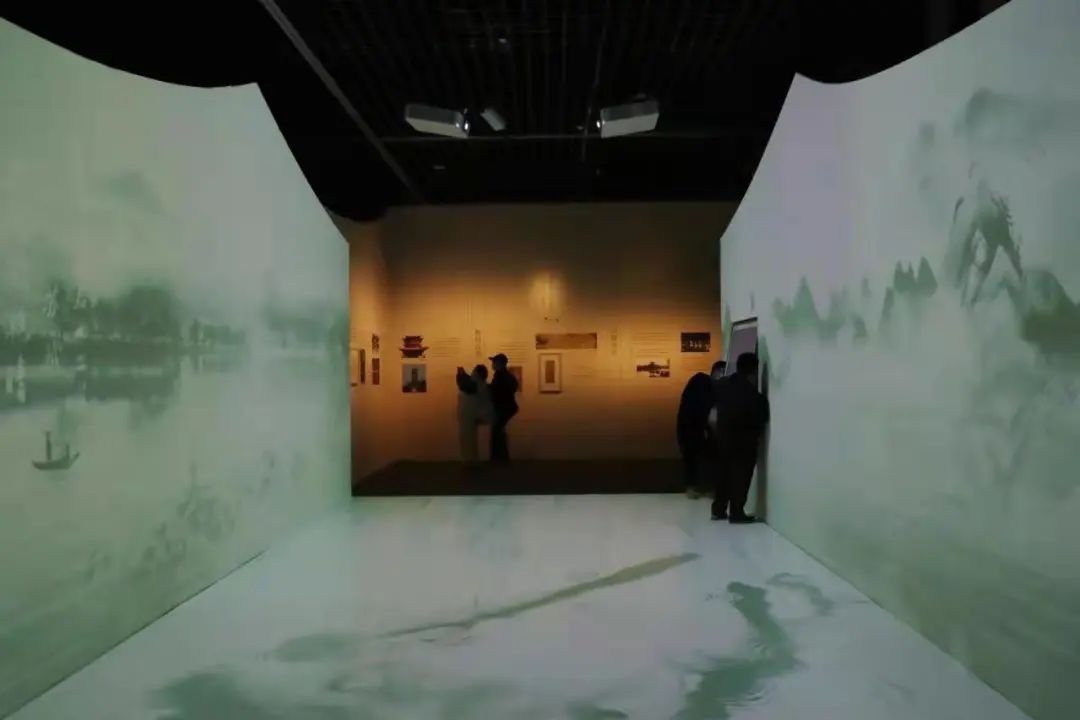
exhibition site
In addition, the exhibition features a large-scale scene of elegant affairs of literati in the Song Dynasty, an immersive exhibition drama, Dongpo cultural experience, and Dongpo cultural and creative market. The audience can experience the elegance of Su Shi's life in the Song Dynasty immersively.
Just as Xie Dan, vice president of Chuanbo, said: "The holding of Su Shi's themed exhibition at the Sichuan Museum by the Huanhua River is exactly in response to Su Shi's "No Negative Flower River Appreciation ' is also a contemporary reply to Su Shi's "love letter" on the Qixi Festival."
(This article is compiled according to the WeChat public account of Sichuan Museum, cultural and cultural circles, etc.)

